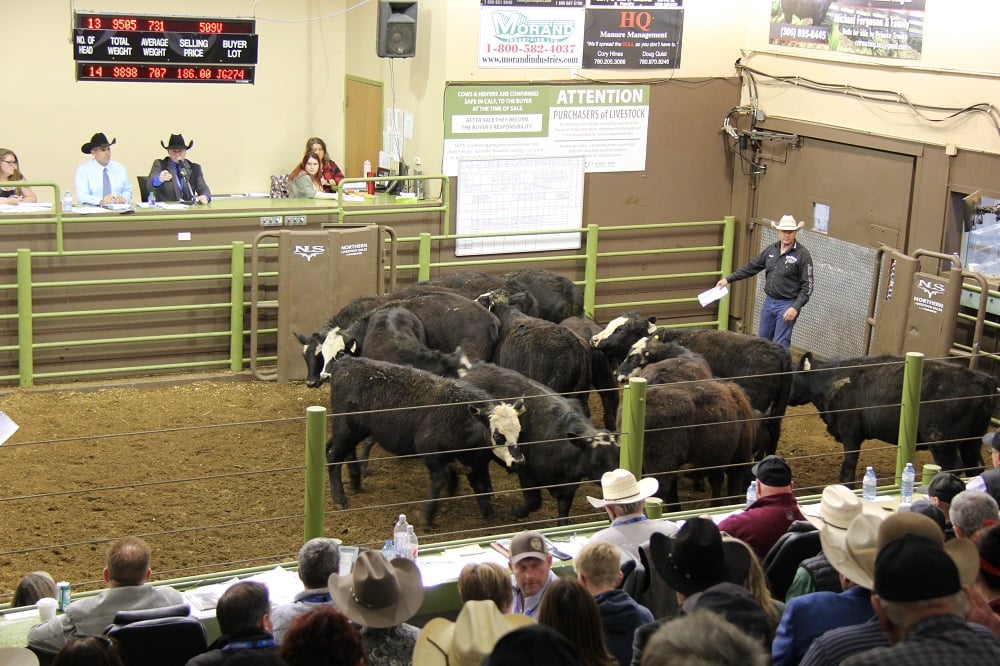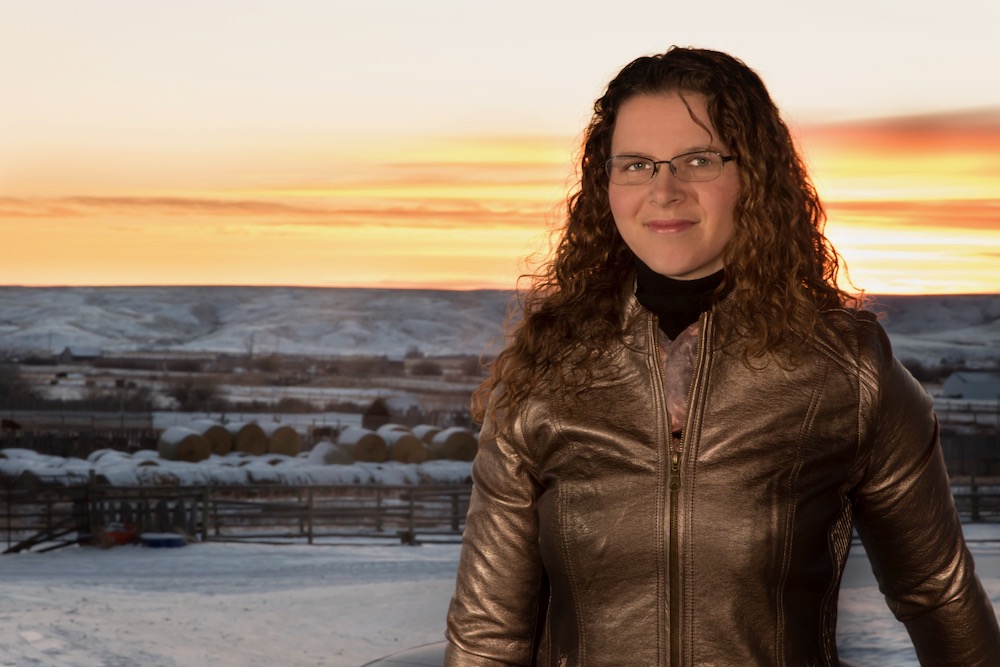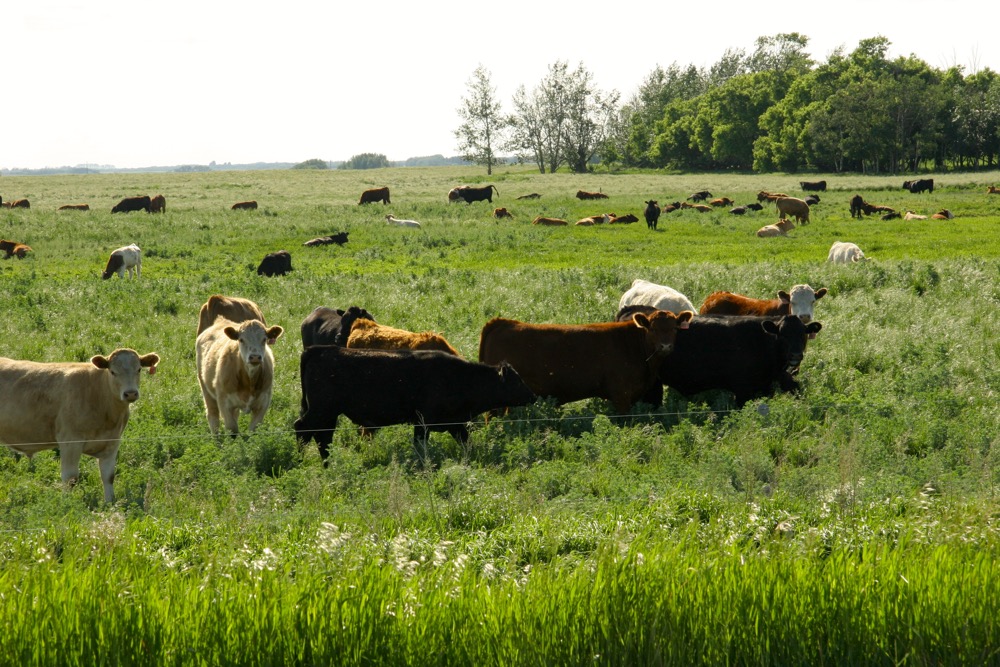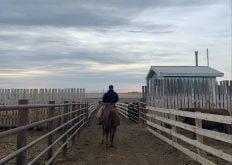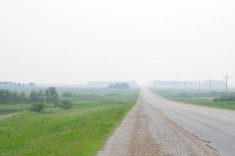Cost of production was a hot topic at the Saskatchewan Stock Growers Association annual general meeting in early June.
Kathy Larson, a research associate at the University of Saskatchewan, presented on cost of production to the conference goers. Specifically, she spoke about the Canadian Cow-Calf Cost of Production Network, led by a research team at Canfax with coordinators in each province.
In 2021 the network hosted 26 producer focus groups, representing different eco-regions and production systems.
Read Also
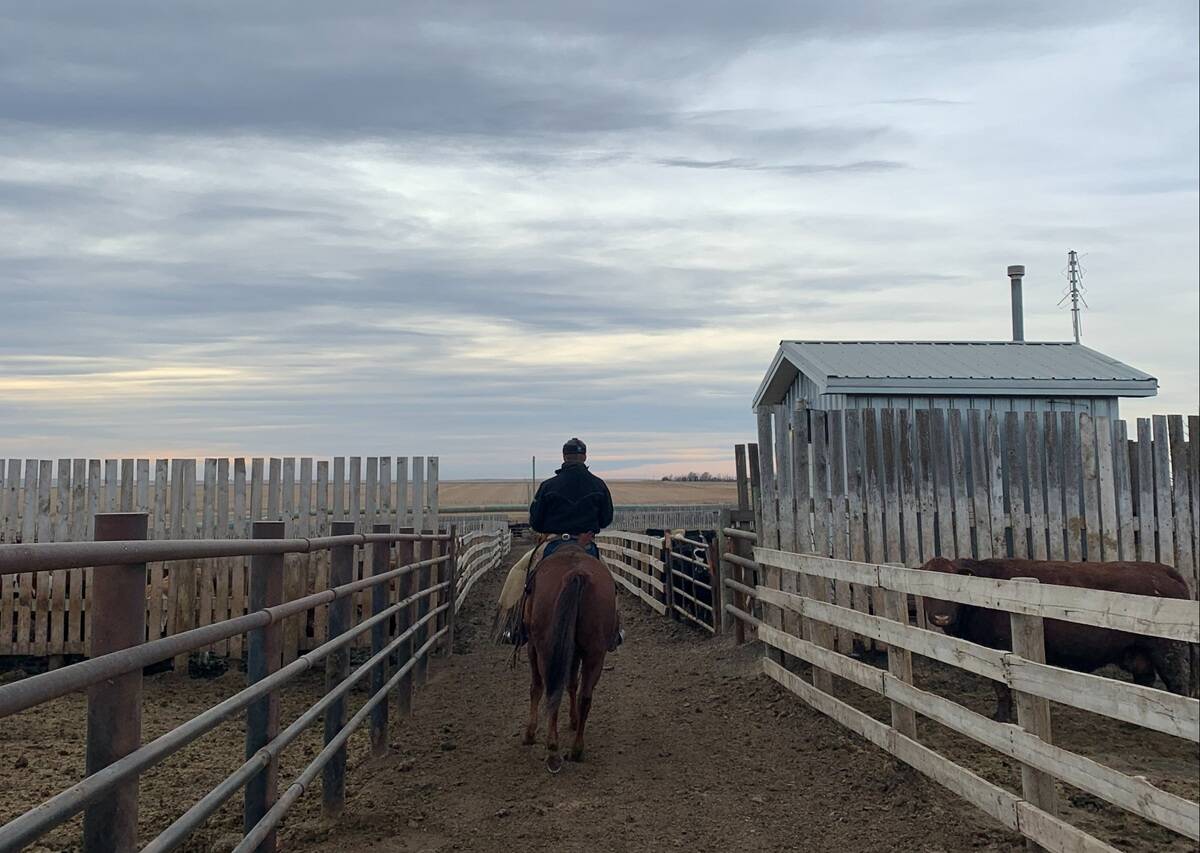
Pen riders still better than tech at detecting respiratory disease in feedlot cattle, says researcher
Recent research found that pen riders are better than tech at flagging signs of BRD in feedlot cattle
“In total last year, we had 115 operations participate across Canada,” says Larson. “And we brought together three to six operations per typical farm. They’re sharing data to generate more benchmarks.”
The network groups farms together depending on their size, their soil zones, etc., and calls them a “typical farm.”
“This network looks to bring together operations that are similar in a lot of ways — in terms of their herd size and location and winter feeding and calving — and then have them share production and financial information to generate a cost of production benchmark for that farm, that it’s typical on those factors. And so then you end up with lots of different benchmarks for all these different production systems.”
From their research, the Canadian Cow-Calf Cost of Production Network found that 84 per cent of the typical farms across Canada covered cash costs, but only 25 per cent covered economic costs.
According to the study done in 2020 in Saskatchewan, 63 per cent of the cow-calf enterprise costs were capital costs, and 28 per cent were opportunity costs, which cover unpaid labour, land and equity. Feed and unpaid labour are the largest costs for cow-calf producers, accounting for around 24 per cent and 22 per cent.
“I know that some of these smaller farms, they put all of this time in based on maybe how they’re feeding their cows, and so sometimes they don’t realize how it’s rolled up, and it (unpaid labour) can end up being a pretty substantial number,” Larson says. “So paying attention to what you’re putting in for time and…figuring out your cost of production as well.”
According to Larson, the Saskatchewan focus group participants valued their unpaid labour between $20-25 an hour and ranged from 4.5 to 24 hours per cow.
Larson says that producers who want to calculate the cost of production for their ranches should use their own “farm facts .”
“It’s nice to look at charts, I know that it’s interesting to look at, but it’s more fruitful and useful for you to know what your own cost of production is.”
However, a cost of production analysis has not been done in Saskatchewan since 2012.
“I’m very aware that we have a gap in our province and it’s something that I’d like to see corrected so that we can bring that analysis to producers who are interested,” she says.
“I was the sole person doing COP analysis for cow-calf producers for a number of years in Saskatchewan, and we have to have a larger team than that in order to have a fair effort to support producers.”
There are free tools for cow-calf producers to use on their own. Larson also adds that Canadian Cow-Calf Cost of Production Network is still looking for producers for the 2023 focus groups. Interested producers can reach out to her to join.




